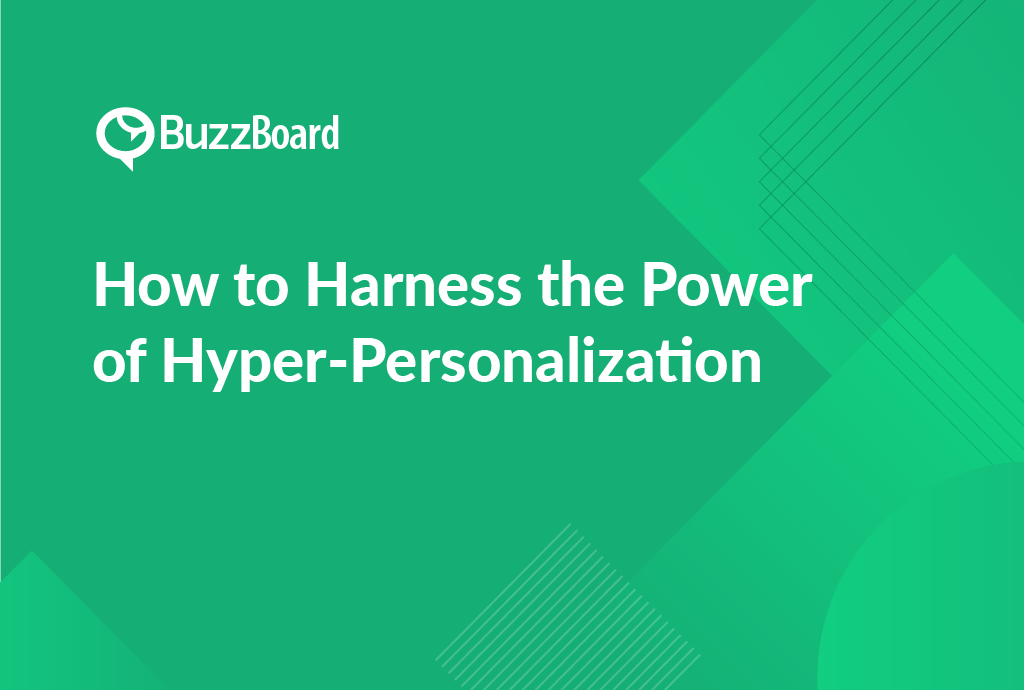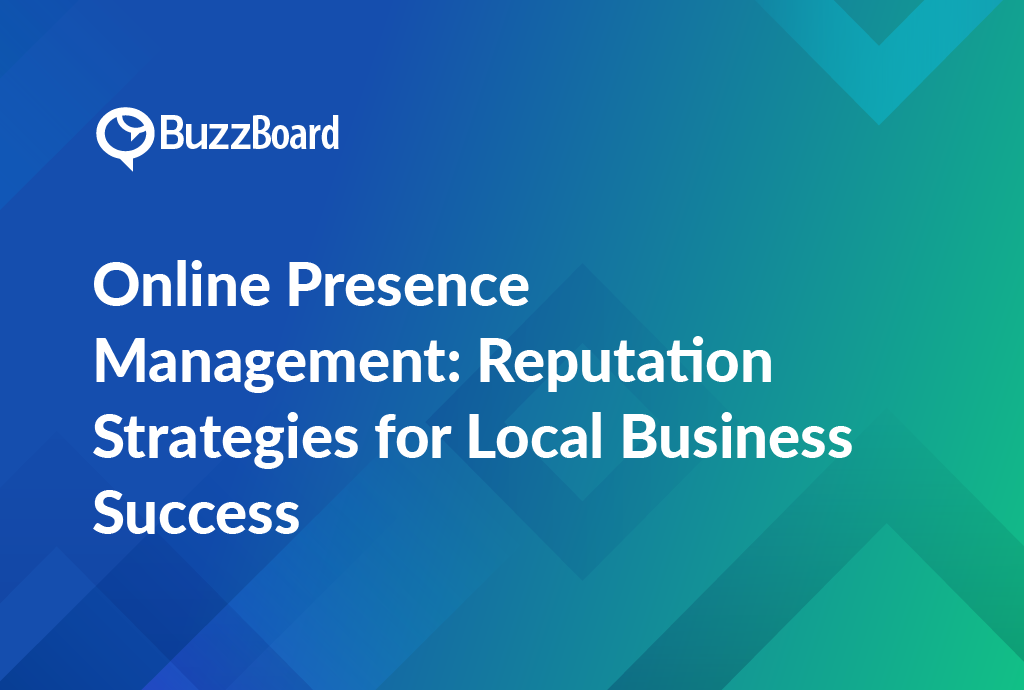Understanding the Concept of Hyper-Personalization and Its Benefits
Hyper-personalization is an advanced approach to delivering personalized experiences that consider a customer’s behavior in real-time. For astute sales professionals at digital marketing agencies, it’s a crucial concept that can produce remarkable results for your small and local business clients.
Hyper-personalization’s power comes from its capability to utilize artificial intelligence (AI) and real-time data. Businesses can create highly relevant, immediate experiences resonating with individual customers using hyper-personalization. This level of personalization can significantly enhance customer satisfaction and engagement, leading to increased sales and brand loyalty.
Implementing hyper-personalization necessitates a technical and strategic approach. You must analyze vast volumes of data swiftly and apply insights in real-time. Advanced technologies like AI and machine learning can be incredibly useful in this aspect. Your strategy should encompass understanding who your customers are, what they want, and how they behave across various channels.
Maximizing hyper-personalization requires a committed effort to testing, learning, and optimizing. Your clients’ customer needs will evolve over time, and your hyper-personalization strategies should adapt accordingly.
Remember to review this illuminating piece on hyper-personalization strategies, which will further augment your understanding of this potent marketing methodology.
Keep in mind, the ultimate goal of hyper-personalization is to make your clients’ customers feel recognized and valued. When executed correctly, it can generate incredible business results and offer a strong competitive edge.
Start using hyper-personalization today and witness the transformation it can engage in your clients’ businesses. For more insights and guidance, consult our comprehensive guide on elevating your personalization strategies.
The Role of Hyper-Personalization in Successful Business Strategies
In the intensely competitive realm of digital sales and marketing, hyper-personalization is fast becoming a critical differentiator. The true strength of hyper-personalization lies in its capacity to craft unique, bespoke experiences for each customer, significantly augmenting their connection with your brand.
Hyper-personalization extends beyond merely addressing the customer by their first name in emails. It necessitates getting a comprehensive grasp of your customer’s requirements, desires, and shopping habits. This enables you to tailor marketing messages based on customer data. Such a targeted strategy not only bolsters customer engagement but also favorably impacts conversion rates and customer loyalty.
For a small or local business trying to make its mark in a saturated market, maximizing the benefits of hyper-personalization could entail leveraging data insights to provide timely, pertinent, and highly personalized offers. This could vary from sending personalized product suggestions based on browsing history to real-time adjustment of pricing and promotions per purchasing behavior.
The significance of hyper-personalization in successful business strategies is irrefutable. It empowers companies to foster deeper relationships with their customers while boosting growth and profitability. However, successful deployment demands a blend of sturdy data infrastructure, analytics, and imaginative strategy.
For additional insights on how to harness the power of hyper-personalization, explore resources. To discover how our agency can assist your business with hyper-personalization implementation, contact us today.
Don’t forget, the only thing superior to a satisfied customer is a completely understood and valued one.
How to Implement Hyper-Personalization in Your Business Approach
In the domain of digital marketing, the potency of hyper-personalization is matchless. As sales professionals serving small and local businesses, incorporating hyper-personalization into your business strategy can deliver substantial results.
Hyper-personalization encompasses more than merely utilizing a customer’s name in an email. It involves leveraging real-time data and employing it to tailor content, products, and services to offer an improved customer experience. It pushes past the generic ‘dear customer’ to shape a more distinctive, individualized relationship with your customers.
The secret to deploying hyper-personalization effectively lies in comprehending your customers’ behavior, interests, and preferences on a detailed level. By examining customer data from diverse touchpoints, you can unearth valuable insights about their purchasing behavior. This information allows you to craft an experience entirely to their liking, escalating both customer satisfaction and retention.
To adopt hyper-personalization, your business needs a paradigm shift from broad marketing strategies toward concentrated, individualized campaigns. This shift requires merging your CRM, big data, and artificial intelligence to reap maximum benefits from hyper-personalization. It’s about developing segments of one and transmitting the correct message at the right time.
Adhering to these steps guarantees that you’re optimizing your approach to hyper-personalization and gaining a competitive edge. For further details on maximizing your hyper-personalization endeavors, be sure to check out external resources. To delve deeper into the use of hyper-personalization in digital marketing, visit our previous blog.
CTA: Embellish your sales strategy now by implementing hyper-personalization. Experience the distinction today!
Real-Life Examples of Brands Harnessing the Power of Hyper-Personalization Effectively
Harnessing the power of hyper-personalization is more than a trend. It’s a strategic imperative for brands aiming to cultivate loyal customers in today’s digital age. By personalizing customer experiences across multiple touchpoints, brands can create memorable online interactions and deliver communication that resonates with their targeted audience.
A notable example of successful hyper-personalization is Amazon. Its recommended product system, based on each customer’s search and purchase history, demonstrates effective use of hyper-personalization. This targeted approach suggests products that are likely to appeal to each specific user. Consequently, Amazon has substantially increased its cross-selling opportunities and overall revenue.
Another brand maximizing hyper-personalization is Starbucks. The Starbucks app elevates personalization with its rewards program. The sustainably packed data includes customer behavior, purchase history, and location. Using this information, Starbucks offers menu recommendations tailored to each customer and personalized rewards. This strategic approach enhances the customer experience and encourages repeat business.
Salespeople in this digital age must harness hyper-personalization technologies like AI and machine learning. This approach will empower sales teams to deliver timely and relevant content, fostering meaningful connections with customers. This, in turn, will pave the way for fruitful customer relationships.
For extensive insights on implementing hyper-personalization, explore our resources. If you want to understand how we can assist your brand in leveraging the power of hyper-personalization, contact us today.
The Challenges and Benefits of Deploying Hyper-Personalization in Your Business
In today’s digitized market, rising customer expectations make hyper-personalization a game-changer for businesses. However, realizing the full potential of hyper-personalization isn’t without its challenges.
The issue of data privacy and security is a primary concern. As businesses navigate the delicate equilibrium between individualized content and maintaining client privacy, regulators are increasingly tightening data protection laws globally. To ensure this balance, stringent cybersecurity measures are vital to preserve sensitive information.
Moreover, data collection and analysis is a labor-intensive and resource-heavy task, but it’s vital to hyper-personalization. Making use of hyper-personalization requires understanding your customers’ preferences, demographic details, and psychographic profiles, while ensuring this data assists in customizing your product offerings.
Don’t let these obstacles deter you. The benefits of hyper-personalization are significant. Essentially, it’s about delivering unique content to each customer, resulting in better customer engagement, increased loyalty, and higher revenues. Netflix, for example, saved $1 billion in 2017 using hyper-personalization to curb customer attrition.
If your business is ready to explore hyper-personalization, a comprehensive plan backed by apt technology can turn these challenges into opportunities. Watch your business thrive as you provide highly personalized experiences to your customers, promoting profitability and lasting loyalty.
Click Here to discover more about implementing hyper-personalization in your business.
(Note: The link directs to a related blog about implementing the technique of hyper-personalization.)







